Duncan MacDonald
Jakarta 8 October 2016
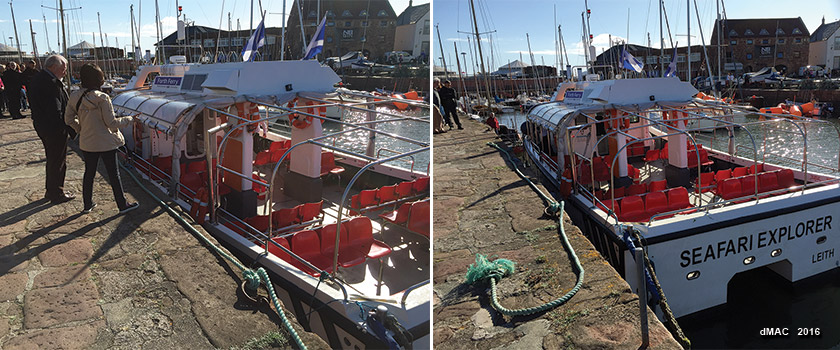
North Berwick Harbour Frank Shinta Ferry to Anstrutherin

Ferry to Anstrutherin
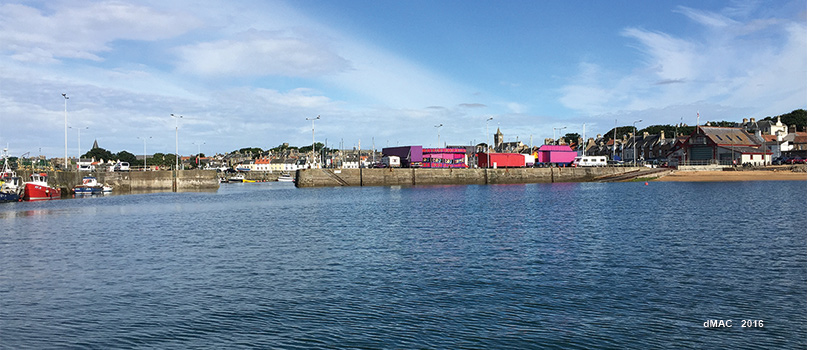
Anstrutherin
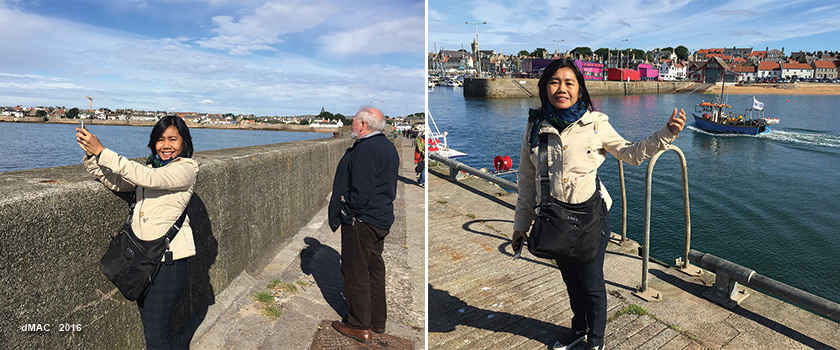
Shinta Frank Anstrutherin Harbour

Shinta Frank St Andrews

The Links House St Andrews Golf Club MacDonald Rusacks Hotel
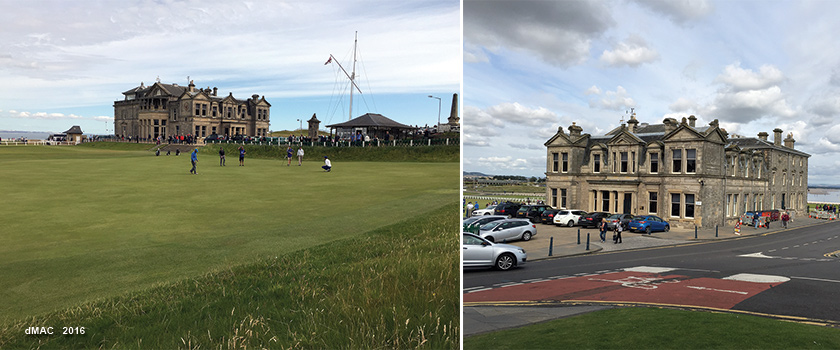
St Andrews Links
The Old Course at St Andrews is considered to be the 'Home of Golf' because the sport was first played on the Links in the early 15th century. Golf was becomming increasingly popular in Scotland until 1457, when James II of Scotland banned golf because he felt young men were playing too much golf instead of practicing their archery. The ban was upheld until 1502 when King James IV became a golfer himself, and removed the ban.
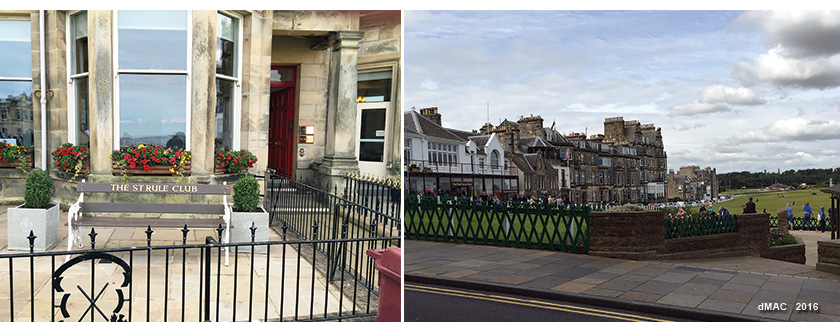
The St Rule Club (Ladies Club) St Andrews
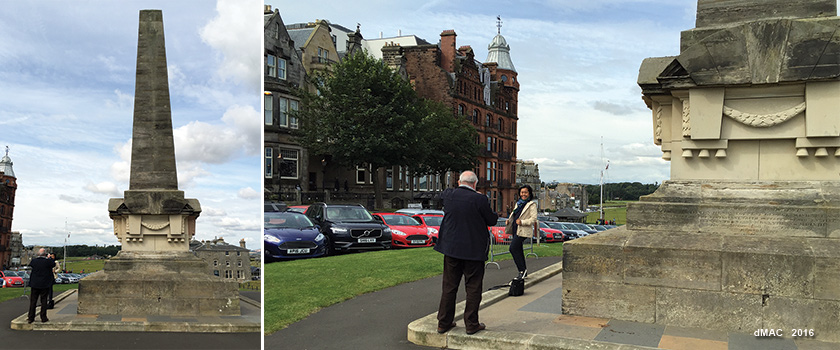
Frank Shinta at Martyrs Monument St Andrews
The Martyers Monument was built in 1842-3. It was dangerous to spread new religious ideas. Patrick Hamilton was the first Protestant martyr in Scotland. He was burned to death in St Andrews in 1528. Henry Forrest was put to death 1533 for possessing a New Testament in English, and declaring Hamilton's views were correct. George Wishart was a preacher, well known for spreading reformed beliefs in Scotland. He was arrested on orders of the Archbishop Cardinal David Beaton, and hanged and burnt near St Andrews Castle in 1546. Walter Mill was the last Scottish martyr. He was 82 years old when burned to death in 1558, for beliefs which included the marriage of priests. Catholics were also put to death, including Cardinal Beaton. He was assassinated by Protestant nobles who stormed the Castle following the burning of George Wishart.
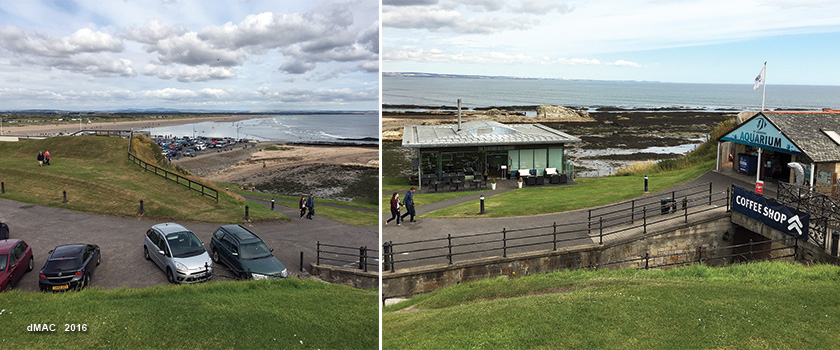
St Andrews
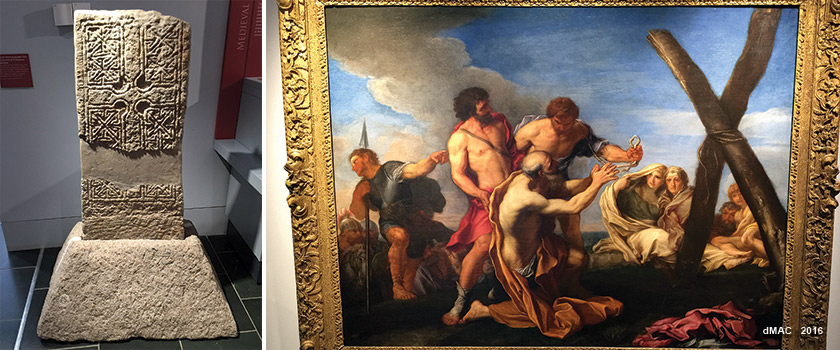
St Andrews University
Carved stone celtic cross 7th century The Crucifixion of St Andrew by Carlo Maratta (1625-1713)
Loaned to the University for its 600th anniversary, by the Earl of Wemyss & March.
St Andrew (brother of St Peter) was crucified in AD 60, by the Roman govenor Aegeas.
He was tied to an X-shaped cross in Greece. This is represented by the white cross on the Scottish flag.
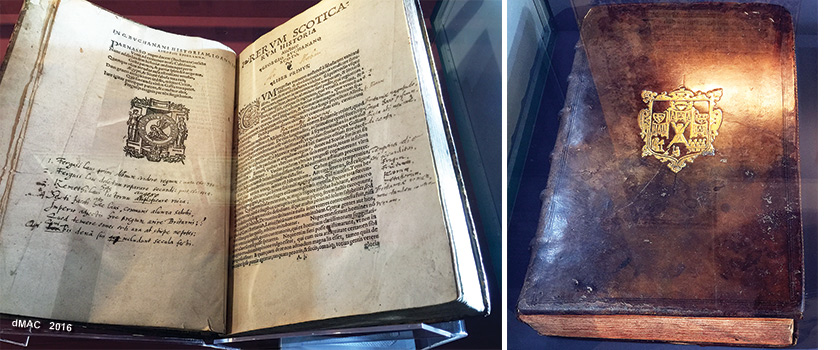
History of Scotland by George Buchanan 1582 Clement of Alexandria, Opera Omnia, printed in Paris 1612
This copy of Reum Scoticarum historia 'History of Scotland' One of 80 books given to the University by James VI
was owned by Andrew Melville, the first Principal of St Mary's after it as a foundation gift to endow the Common University
became a college of Theology
in 1579. Under him it became one of Library.
the foremost schools of Protestant theology in Europe.

Mary Queen of Scots by John Duncan 1929 Homer Greek poet 750-700 BC John Napier (1550-1617) inventer of Logarithms
This scene shows Mary Stuart (1542-1587), also known as Mary Queen of Scots
on the eve of her execution. She was sentenced to death after being accused of
taking part in a plot to murder her first cousin, once removed, Queen Elizabeth I of England.
She was executed on 8 February 1587 at Fotheringhay Castle in England. With her are her two attendants.
The inscription in French reads: In my end is my beginning.
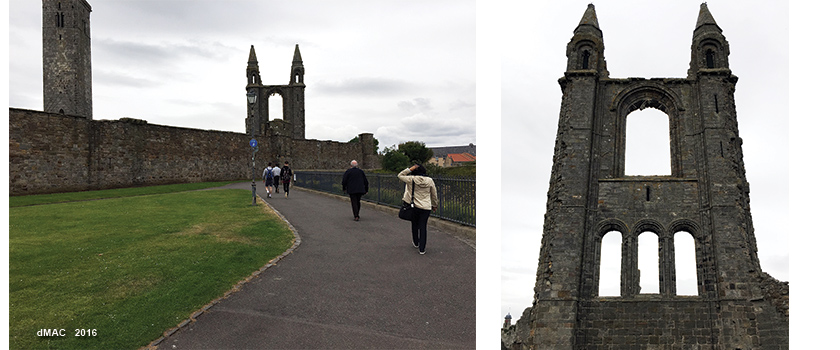
St Andrews Cathedral Frank Shinta St Andrews Cathedral East Tower
The cathedral took 150 years to build. It was completed in 1318 becomming the largest church in Scotland, and the seat of religeous power until the 16th-century reformation.
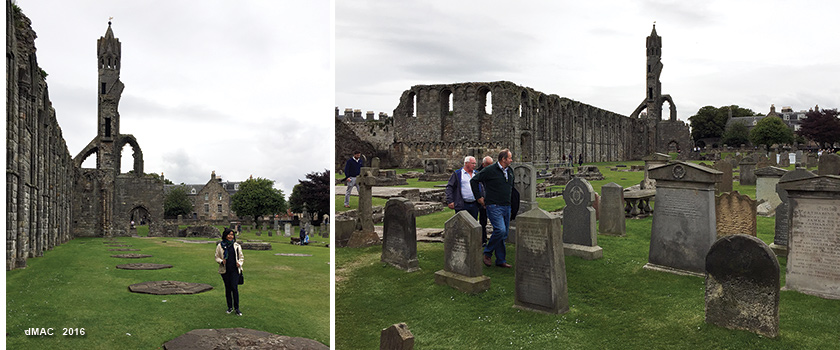
St Andrews Cathedral Shinta The ruins of the nave of St Andrews Cathedral
St Andrews Cathedral is a ruined Roman Catholic cathedral. In 1559, during the Scottish Reformation, it was stripped of its alters and images; and by 1561 it was abandoned, and fell into disrepair.
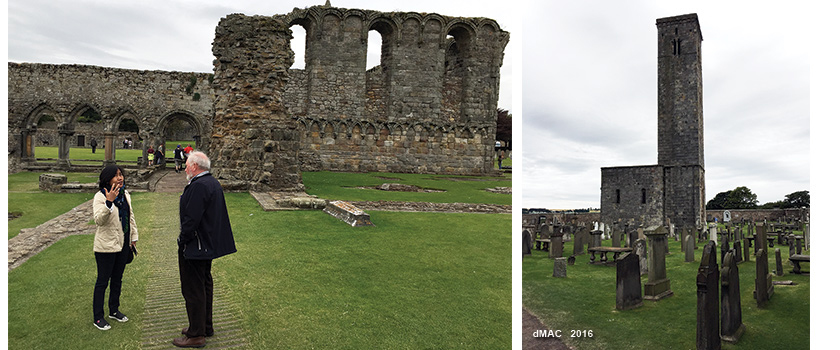
Shinta Frank St Andrews Cathedral St Rule's Tower
St Rule's Tower is located in the Cathedral grounds, but pre-dates it, having served as the church of the priory up to the early
12th-century. Originally the tower and adjoining choir were part of the church of St Rule, built in the 11th-century to house the relics
of St Andrew. Legend credits St Rule (also known as St Regulus) with bringing the relics of St Andrew to the area from
their original location at Patras in Greece.
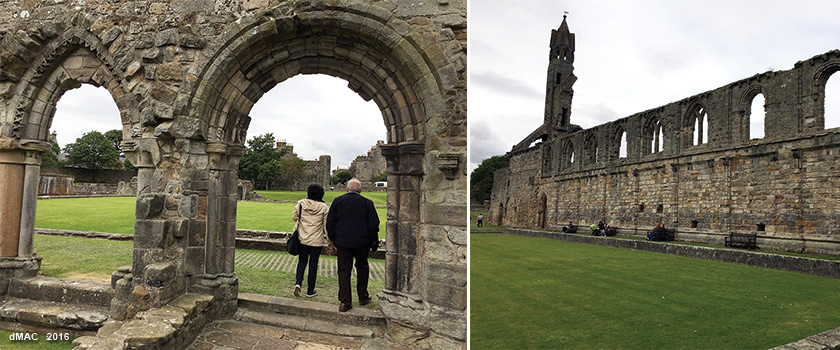
Shinta Frank St Andrews Cathedral
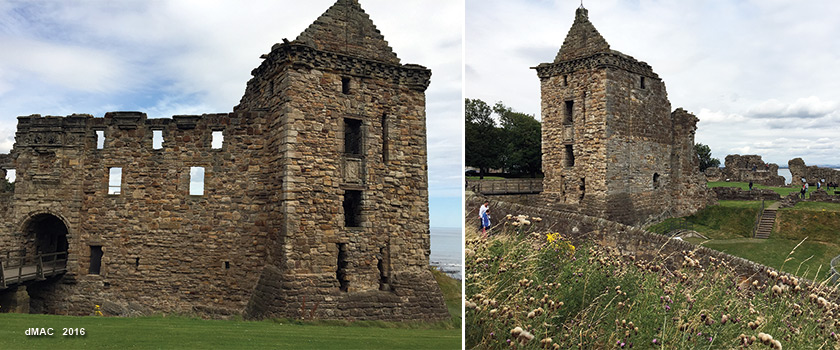
St Andrews Castle remains of the south wall St Andrews ruined Castle
St Andrews Castle was built of stone c 1200, and was in use until 1689. During the Wars of Scottish Independence, the castle was destroyed and rebuilt several times. Scottsih Protestants took control of the castle after the burning at the stake of Protestant preacher George Wishart in 1546. Wishart's friends gained entry to the castle disguising themselves as masons, working on some building repairs. They overcame the garrison, murdered Catholic Cardinal Beaton and hung his body from his window on the front of the castle. The Protestants took refuge in the castle and formed the first Protestant congregation in Scotland. In 1547 the castle was rendered indefensible after a devistating artillery bombardment by English and French cannons, lasting six hours. Following the Protestant defeat a number of Bishops were involved in rebuilding the castle. But after the Reformation in Scotland, the office of Bishop was increasingly eroded until it was abolished in 1689 by William of Orange. By 1656 the castle had fallen into such disrepair that the local council ordered the use of its materials in repairing a pier. The principal remains are those of the south wall.
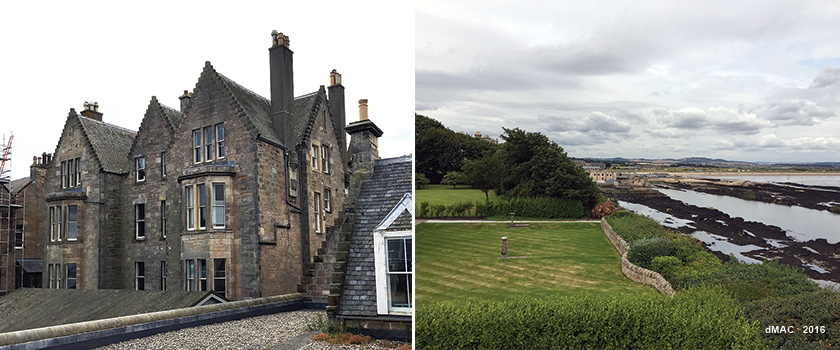
St Andrews
